–
The history of the number zero stretches from early civilizations in the fertile crescent (now known as the Middle East) all the way into modern times. This means the question of who invented the number zero has no simple answer, since different civilizations expanded upon the concept over many thousands of years. The basic history of numbers, at least as far as the standard system used today, consists of numerals devised by many famous Arabian mathematicians; however, the first actual recorded use of the modern zero appeared on a carved stone in Cambodia hidden away from Khmer Rouge. Yes, the very first zero complete with rounded edges, as far as archeologists can tell, stems from the early Cambodian people.
Since zero represented a sum of nothing, it took ancient math many years to fully understand the idea of a zero sum needing representation. Yet many thinkers of the ancient world managed to conceive mathematical theories which relied upon numbers that one cannot physically see or count. Though the zero stands for nothing, the course of its development is anything but a history of nothingness.
The Sumerians Invented A Numerical System In 4500 BCE
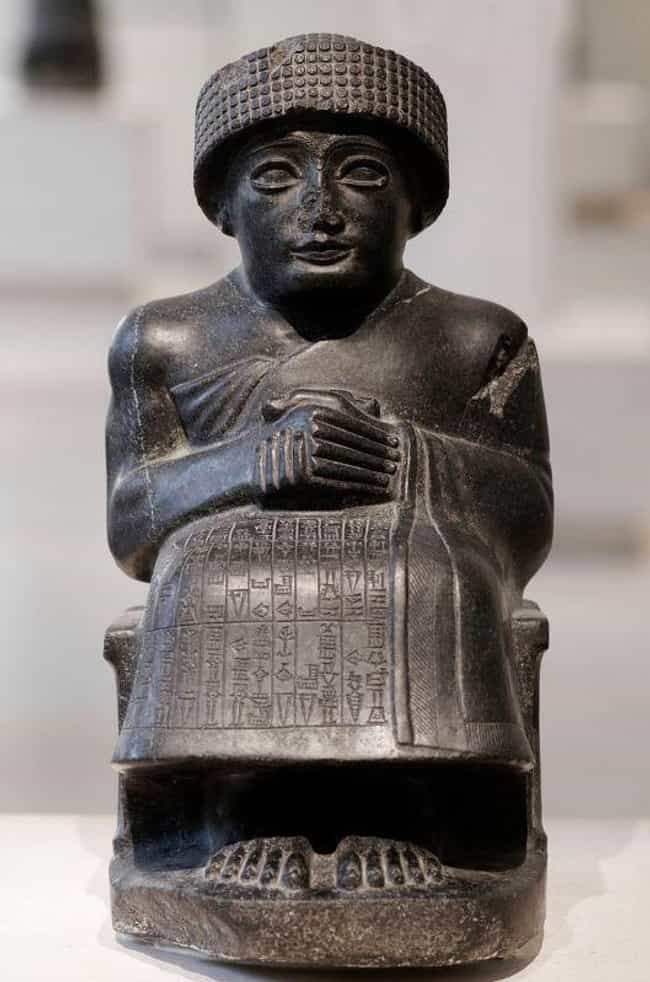
The first recorded numbering systems appeared between 5000 and 4000 BCE in Sumeria, then located in Mesopotamia. In addition to developing a counting system, the Sumerians also developed the standard minute and hour, using sexigesimal (based on 60) counting. However, the Sumerian system never recognized zero as a number, and no set placeholders for numbers like 60, 605, or 10,500 have been agreed upon.
The Babylonians Used A Zero-Like Number As A Placeholder
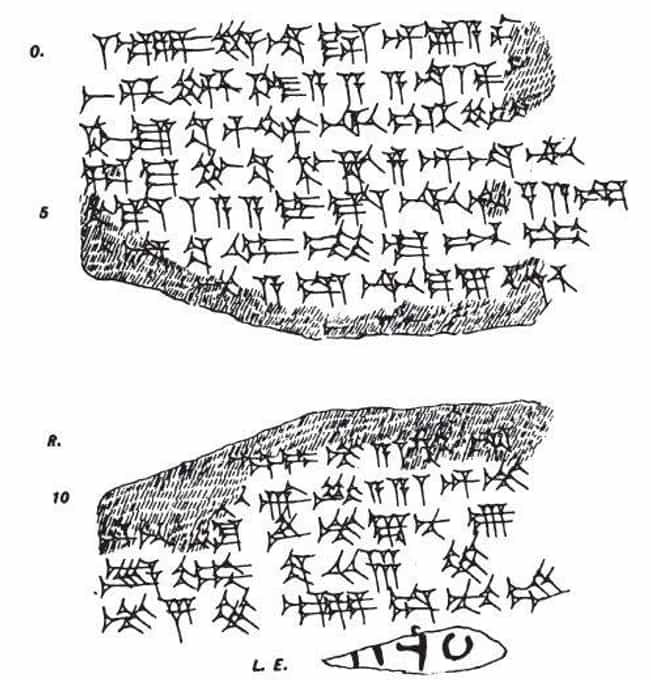
The Babylonians, another Mesopotamian civilization, inherited their numerical ideas from the Sumerians. However, the Babylonians took it one step further. Using a character that resembled two wedged lines placed perpendicular to each other, the Babylonian numerical system finally found a placeholder for the zeroes in numbers like 10, 605, and 10,500. Although they filled a numerical column that zero now occupies, the Babylonians never thought of zero as a number of its own.
Early Greek, Chinese, And Egyptian Civilizations Had No Concept Of The Number Zero

Usually in the case of famous historical concepts, three cultures played some part in their development: the Chinese, the Greeks, and the Egyptians. However, none of these ancient cultures recognized zero as a number. The Chinese invented a bamboo system that only recognized the numbers one through nine. The Greeks picked up their mathematical system from the Egyptians, who also failed to recognize zero or use any sort of placeholder for numbers like 100.
In 350 CE, The Mayans Began Using The Number Zero
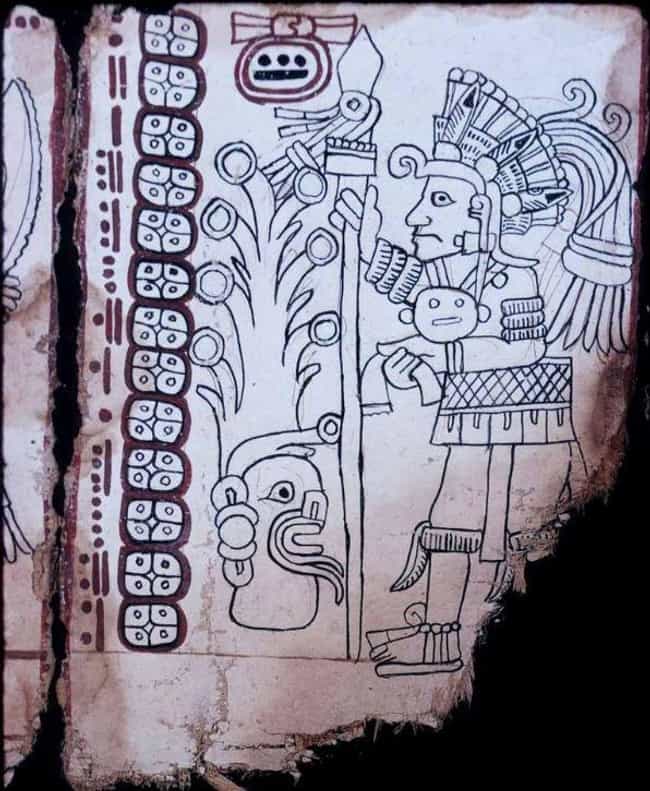
While most of the early development of the number zero took place over in the Middle East, it also appeared independently in the Americas. Sometime around 350 CE, the Mayan people began using zero in their calendar system. However, some posit that pre-Mayan civilizations began using zero as a placeholder starting in 36 BCE, citing the fact that these people made calculations in the millions and would need a placeholder to make these calculations.
Zero Officially Had A Shape, Thanks To 7th-Century Cambodian Peoples
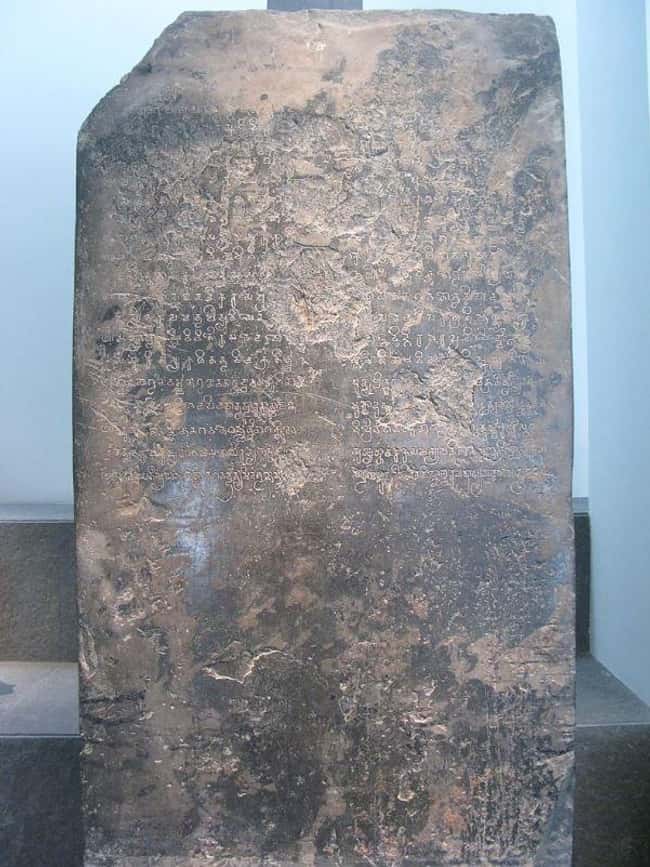
The first depiction of the number zero appears on a stone stele that archeologists dated to 683 CE. This stele is a remnant of early Cambodian culture, and contains a description of a purchase that included slaves, rice, and oxen. More importantly, the date, which read as 605 CE due to the records of the time, contained an actual zero and not a placeholder. Before this stone stele was discovered, the oldest known zero appeared inside an Indian temple.
A 9th-Century Temple In Gwalior, India, Contains The Second-Oldest Inscription Of Zero

Prior to the Cambodian find, a temple in Gwalior, India, held the oldest known inscription of the number zero. Archaeologists studying the temple date its construction to 876 CE. The temple’s dedication tablet, embedded in a wall of the structure, contains a zero in two different places – notating how many garlands of flowers villagers daily gave to the temple god, Chatur-bhuja, and the amount of land the temple stood upon.
Indian Mathematician Brahmagupta Came Up With Rules On How To Use Zero

Brahmagupta, an early Indian mathematician, was the first person to utilize zero as something more than a placeholder or calendar number. In the 7th century CE, he came up with several rules explaining how the “sum of nothing” worked in mathematics, including some still IN use today, such as:
“When zero is added to a number or subtracted from a number, the number remains unchanged. A number multiplied by zero becomes zero.”
Middle Eastern Mathematician Muhammed ibn Musa al-Khowarizmi Coined The Term ‘Algebra’ And Used Zero In Equations
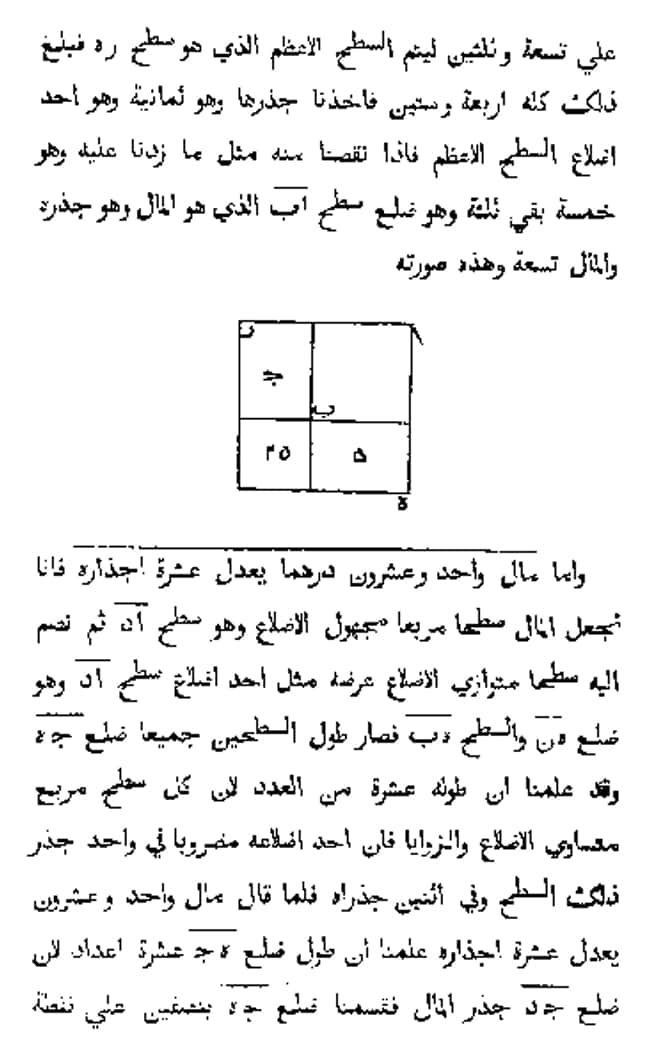
Muhammed ibn Musa al-Khwarizmi lived during 9th century CE in what is today considered Baghdad. Using the rules that Brahmagupta and other Indian mathematicians put into place for the number zero, al-Khwarizmi became the first to use zero in algebraic equations. His book of mathematical ideas, Al-Kitāb al-mukhtaṣar fī ḥisāb al-jabr waʾl-muqābala, which translates to The Compendious Book on Calculation by Completion and Balancing, coined the term “algebra.” By the 12th century, copies of the book made their way to Europe, where they were translated into Latin, introducing his ideas to people in the West.
Fibonacci Brought Zero Back From North Africa In The Year 1200

Sometime around 1200 CE, Leonardo Pisano Fibonacci (known simply as Fibonacci), brought the number zero with him to Europe. During his North African travels he became acquainted with the Arabic numbering system, which is now our standard system. Once back in Pisa, Italy, Fibonacci used those numerals in his handwritten books, describing ancient numbering and mathematical systems. One of the books, Liber abaci, described the Fibonacci sequence that he is famous for discovering.
Arabic Numerals Were Outlawed In The Early Middle Ages, But Merchants Used Them Anyway
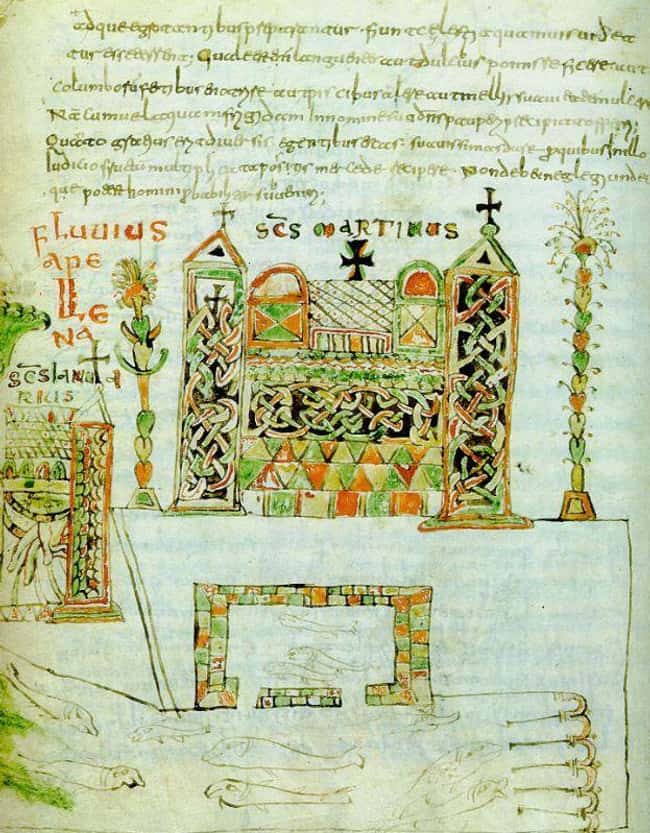
After Fibonacci introduced Arabic numerals to the West, they took some time to catch on and fall into common usage. For the first few decades, the rulers of what is now parts of Italy and Germany remained skeptical of the numbers and preferred to use the abacus. Mostly the rulers thought it was too simple to change one number into another, thereby altering one’s financial records. However, merchants and bankers took a liking to the numerical system, especially the zero, and used it anyway. This caused merchants to utilize zero in coded messages, which is where the term cipher, from the Arabic sifr meaning “code,” hails from.
Rene Descartes Used Zero As The Center Of His Cartesian Coordinate System 0

Some historians believe Rene Descartes founded modern mathematics. The 17th century France-based philosopher, scientist, and mathematician came up with several important ideas regarding what he called “La Géométrie,” ideas which became the foundation for modern day geometry. One of these ideas involved coordinates which helped people determine where the numbers in an equation lay on a set of axes (x, y). The center starting point for these solution charts was 0, 0, taking the number and using it in a different, albeit very important, way. By doing so, Descartes managed to combine the concepts of algebra and geometry.
Sir Isaac Newton And Gottfried Wilhelm von Leibniz Studied Zero To Come Up With Calculus

During the mid-to-late 17th century, two men in two different countries both studied a series of numbers, looking into fractions as the numbers got smaller and they got closer and closer to zero. Using these calculations, which involved the use of curved graphs and functions, both Sir Isaac Newton, in England, and Gottfried Wilhelm von Leibniz, in Germany, invented calculus. Debate still occurs over which man discovered this first, as Leibniz’s findings were published first, though Newton came up with the concepts before him.
Oudenophobia Became The Fear Of The Number Zero

Along with the concept of a zero sum came the fear of zero. Oudenophobia, or “fear of the number zero,” is a legitimate phobia that is on the anxiety disorder spectrum. Some who are afraid of the number become legitimately afraid of timers that counted down to zero. The fear of death also relates to this, with oudenophobes viewing the passage of time as a countdown to their own demise.
The Number Zero Scared A Whole Lot Of People Due To The Y2K Computer Bug

Beginning in the mid-1990s, the number zero caused many people to fear the year 2000, or at least what those zeroes might mean for computers. Previously, computer systems and programming used only a two-digit code for the year. For example, 1999 was simply “99,” because four digits took up too much space. People feared once January 1, 2000, rolled around, computers would crash if their systems failed to see year “00” as [2000].
According to some, crucial parts of world infrastructure would fail, such as banks and government records, leading to mass hysteria. A select few even worried that September, 9th, 1999, or 9/9/99 might crash systems as 9 often indicated the end of a program. However, most systems became Y2K compliant in the years leading up to 2000, and [therefore, very little] actually failed.
–
![]()









 By
By